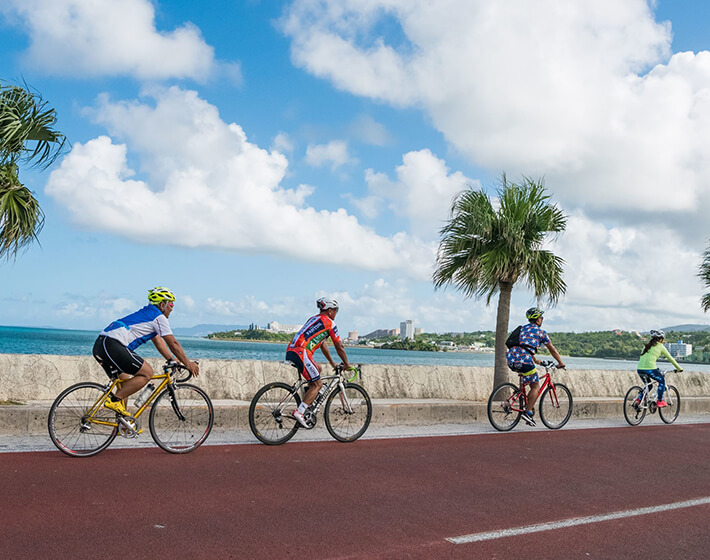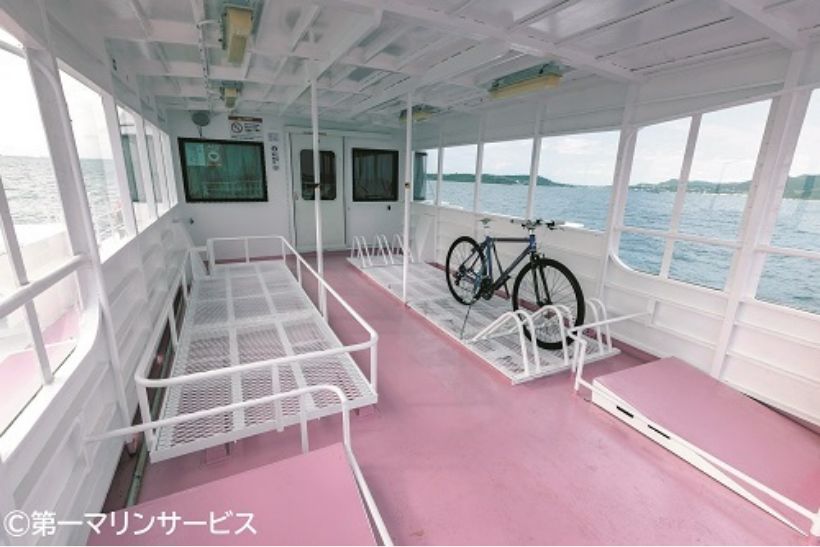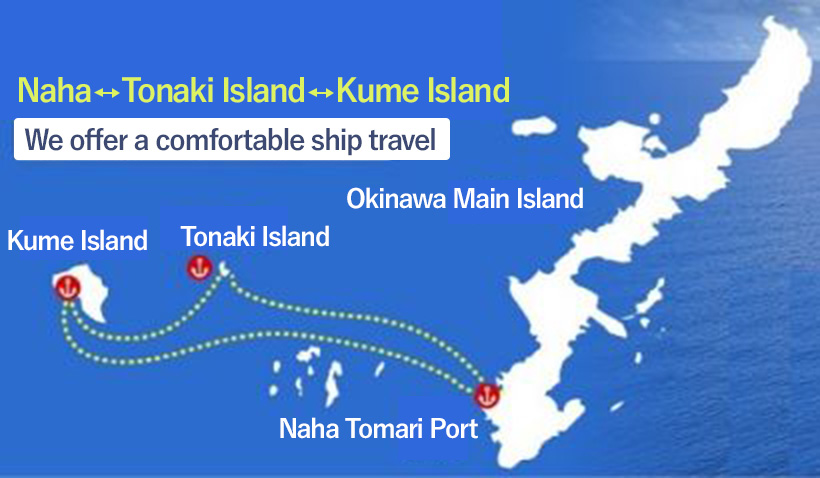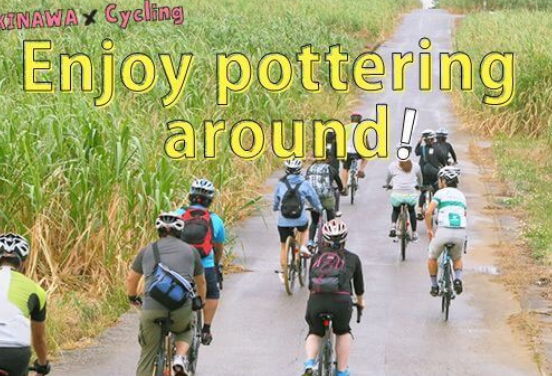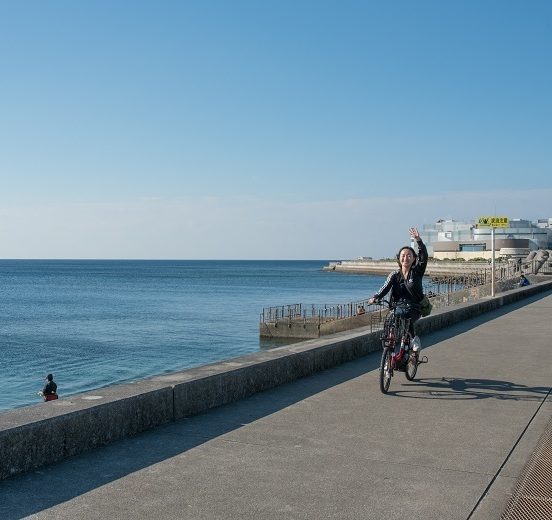Okinawa, which is located in the subtropics, has a perfect cycling environment and is called a "Cycling Island". It is warm even in winter and the roads never freeze, so many people enjoy cycling trips throughout the year, holding training camps for professional cycling groups and cycling competitions. . We will provide you with travel information to help you enjoy Okinawa cycling even more.
Okinawa Sports Calendar
The climate in the tropical island of Okinawa differs greatly from that of Mainland Japan. Here is an explanation of the temperature changes over the year and what to wear, which may be difficult to imagine. Please use it as a reference when preparing for your trip!
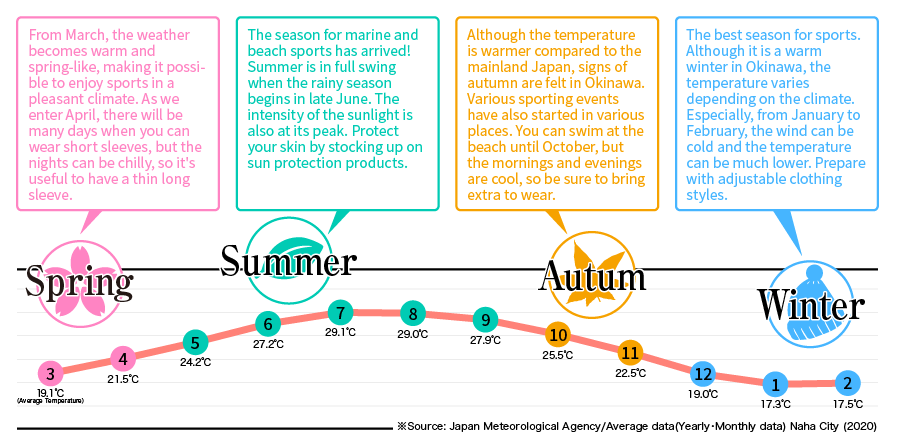
You can scroll from side to side
UV Protection
In the sunblazing Okinawa, sunburn protection is as important as heat protection.
The amount of ultraviolet rays in Okinawa is said to be twice that of Hokkaido, so high-necked tops are especially recommended for women who do not want to get suntan.
Also, sunscreen, a hat to block out the sun, and sunglasses are essential, as you can get mild burns if you neglect to take precautions in the hot summer! And don't forget to bring a towel and a hand towel!
Okinawa is surprisingly hot due to high humidity. The environment around you when traveling is different from what you are used to, so be sure to keep in mind of early actions such as "Hydrate often, before you get thirsty!" .
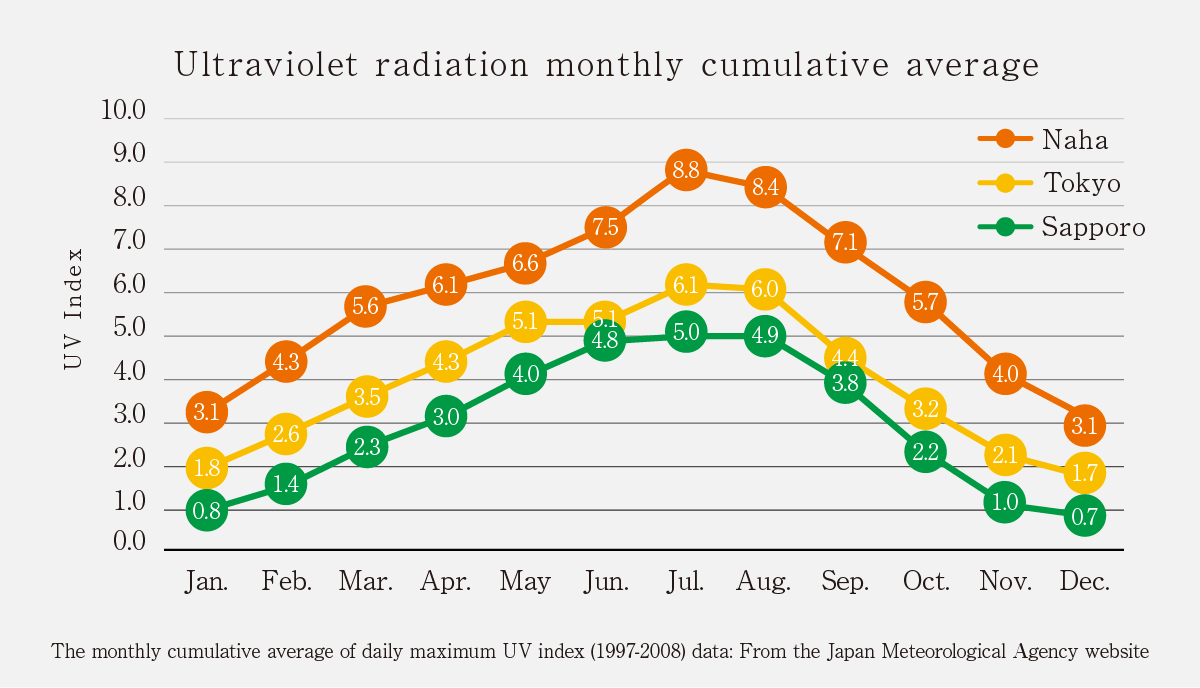
You can scroll from side to side
Road Conditions / Points of Caution
Although car ownership is high and traffic is heavy in Okinawa, you can have a pleasant trip if you follow traffic rules properly and take precautions. The further north you go, the easier it is for cyclists to ride, with fewer traffic lights and less traffic, making a pleasant cycling experience.
Ride Slowly with Caution
The asphalt on public roads is made from coral reef Ryukyu limestone, which is soft and slippery, so please take in mind to ride slowly and safely.
Please ride cautious of vehicles
Okinawa is a prefecture with a high rate of car ownership and heavy traffic, so please ride while maintaining a certain distance. Also, in some areas there are less cars running on the road, so it might be a good idea to take those routes with fewer traffic.
Dealing bicycles at Naha Airport
Bicycle Assembly Space
Currently, Naha Airport does not have a dedicated bicycle assembly space, so please assemble your bicycle in a place that will not interfere with pedestrians.
*Caution* Please note that the location in the photo is not a dedicated area for bicycle assembly.
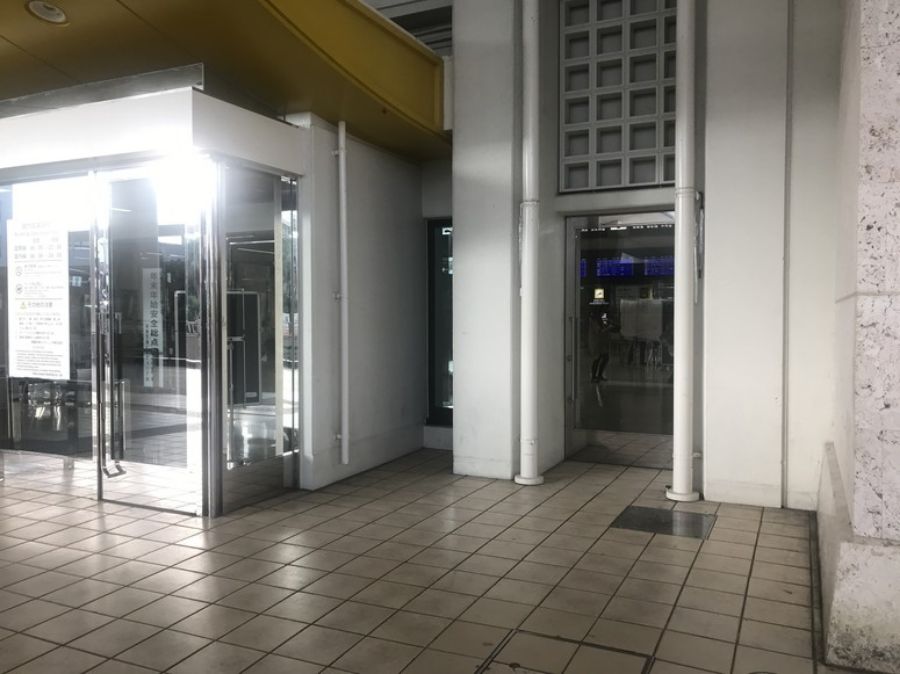
Baggage Storage
Baggage can be temporarily stored at the Okinawa Yamato Transport counter located in the arrival lobby on the 1st floor of the Domestic Terminal of Naha Airport.
In principle, the storage period is up to one month.
*Due to limited storage space, the items are accepted on a first-come, first-served basis. Please note that if the storage space is full, you may not be able store your items.
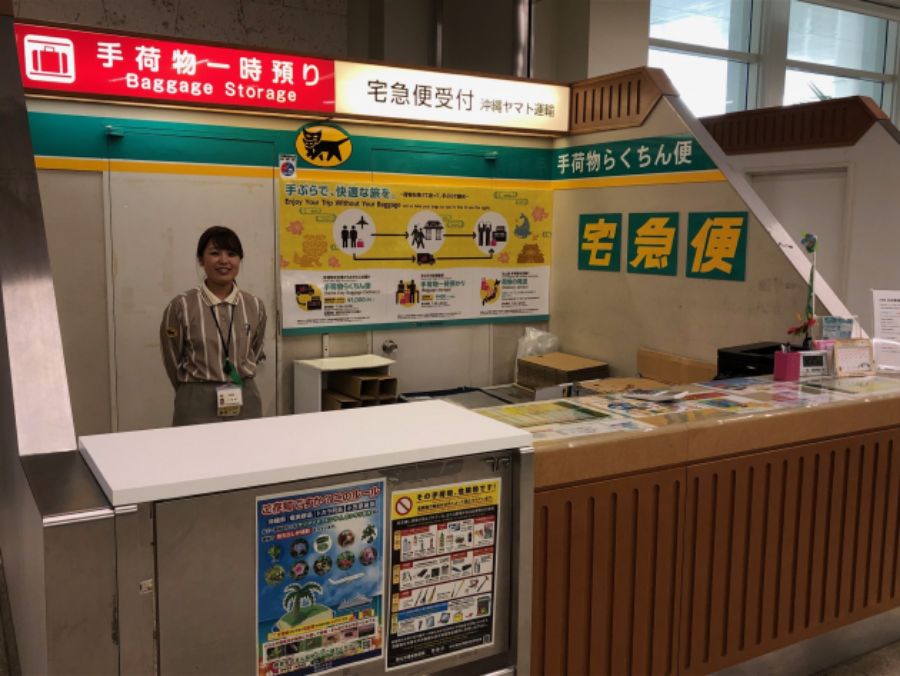
| 1 day price×days (※Size of a bicycle is around L〜LL) |
|
|---|---|
| S(Under 120cm) | 400yen(tax included) |
| M(120cm〜Under 160cm) | 600yen(tax included) |
| L(160cm〜Under 250cm) | 800yen(tax included) |
| LL(Under 250cm) | 1,000yen(tax included) |
| 1 coat | 200yen(tax included) |
| Business Hours |
|---|
| 7:30am~8:00pm |
| Telephone Number |
|
| Location |
| Naha Airport Domestic Terminal 1F Arrival Lobby |
*Please note that business hours is currently 10:00-18:00 due to the COVID-19 pandemic.
As of 25 Dec. 2020.

What is "Rinkou"?
"Rinkou" refers to transporting your bicycle by public transportation, such as by plane, by train, or by ship.
During "Rinkou", it is assumed that the bicycle is folded or disassembled, put in a special bag, and carried by the cyclist himself/herself.
"Rinkou" transport by Aircraft
| Business Hours | Price | Restrictions(Size/Weight/Number of items) |
|---|---|---|
| ANA (All Nippon Airways) |
Free | Total of 3 dimensions within 203cm/ Under 20kg/No limitation on the number of items |
| JAL (Japan Airlines) |
Free | Under 50cm×60cm×120cm/ Under 20kg/No limitation on the number of items |
| JTA (Japan Transocean Air) |
Free | Under 50cm×60cm×120cm/ Under 20kg/No limitation on the number of items |
| Skymark | Free | Under 50cm×60cm×120cm/ Under 20kg/No limitation on the number of items |
| Solaseed Air | Free | Total of 3 dimensions within 203cm/ Under 20kg/No limitation on the number of items |
| Jetstar Japan | Charged | Additional charge if the length of one side exceeds 1m. Maximum 2.3m/ Maximum 40km in total (up to 32kg per piece)/No limit on the number of items. |
| Peach Aviation | Charged | Total of 3 dimensions within 203cm/ Under 20kg/No limitation on the number of items |
- Other things to keep in mind
- May require advanced notice.
- If the cargo space is congested, you may not be able to carry the bicycle on the airplane you are boarding.
- Cycling events are expected to be congested, so you may not be able to carry your bicycle on the plane you are boarding during those times.
- There are risks of congestion, especially around the days of events held in Okinawa.
- Bring tires deflated, as changes in air pressure can cause flat tires.
- Tools such as hex wrenches and screwdrivers may be restricted from being brought in.
- Flammable items such as puncture repair kits may not be checked in.
- Electric bicycles and electric transmissions may not be checked in. (Due to regulations on bringing in lithium-ion batteries)
"Rinkou" cycle shipping
(Okinawa Main Island, Remote Islands)
Naha Port・Tomari Pier~Motobu・Toguchi Port
The ``TAKUMA3 High-Speed Jinbe Marine'', which has been in service since June 2020, allows you to enjoy a sea drive in about 75 minutes from Naha Port / Tomari Pier on the main island of Okinawa to Motobu / Toguchi Port. A dedicated bicycle stand is also installed, so you can carry it as is.
Naha Port・Tomari Pier→Tonaki Island→Kume Island
Board the boat from Naha, then a short stop at Tonaki Island for about 15 minutes before proceeding to Kume Island. It takes some time, about 3 and a half hours, but it is economical and costs less.
*Please be aware that when loading the bicycles onto the ship, it may be exposed to sea water.



